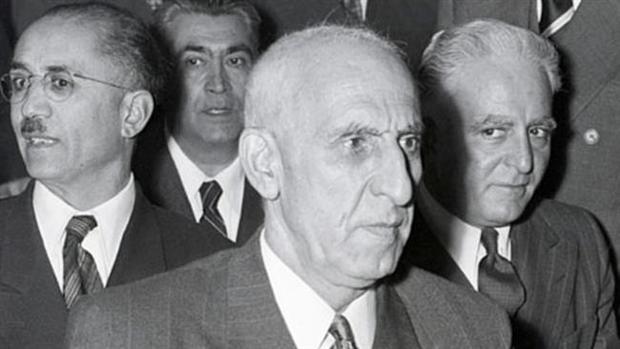- News code: 1464301
Iran is remembering the anniversary of the 1953 coup against the government of then democratically-elected Prime Minister Mohammad Mosaddeq.
In August 1953, the British and American intelligence agencies initiated a coup by the Iranian military, setting off a series of events, including riots in the streets of the capital, Tehran, which led to the overthrow and arrest of Mosaddeq.
Mosaddeq, who was convicted of treason by a court martial, served three years in solitary confinement and then died under house arrest in exile in 1967.
His overthrow, which is still given as a reason for the Iranians' mistrust of the UK and the US, consolidated the Shah's rule for the following 26 years until the victory of the Islamic Revolution in 1979, led by Imam Khomeini, which toppled the US-backed monarchy.
The Iranian premier had played a key role in the country’s 1951 movement that resulted in the nationalization of Iran’s oil industry, which had been mainly controlled by the British-owned Anglo-Iranian Oil Company (AIOC), now known as BP.
Experts say the 1953 coup, known as the 28 Mordad coup, was aimed at making sure the Iranian monarchy would safeguard the West's oil interests in the country.
Six decades after the notorious coup, the US Central Intelligence Agency (CIA) for the first time published a document in August 2013 which confirmed Washington’s role in the coup d’état.
"The military coup that overthrew Mosaddeq and his National Front cabinet was carried out under CIA direction as an act of US foreign policy, conceived and approved at the highest levels of government," reads a brief segment from an internal CIA history.

